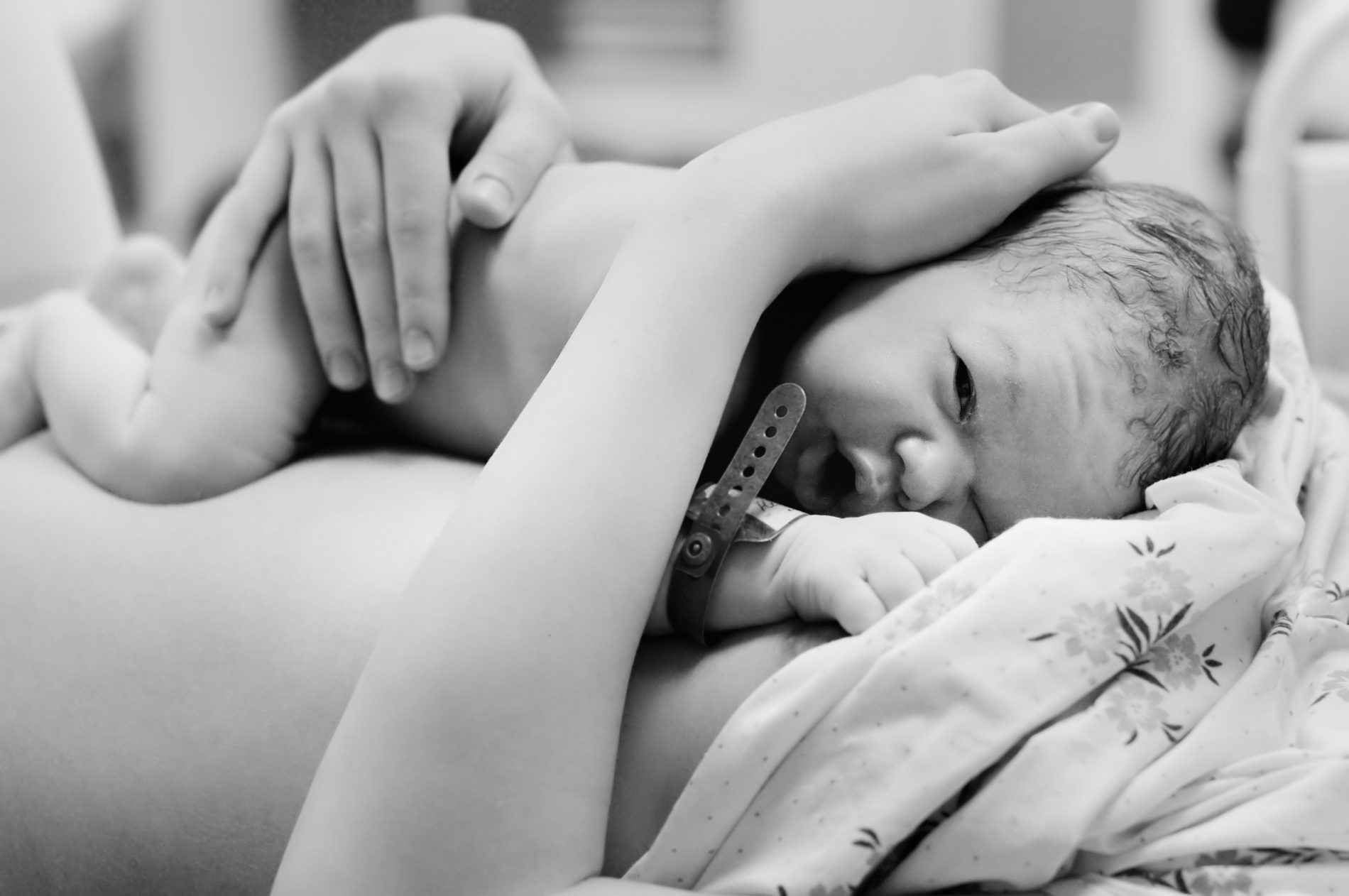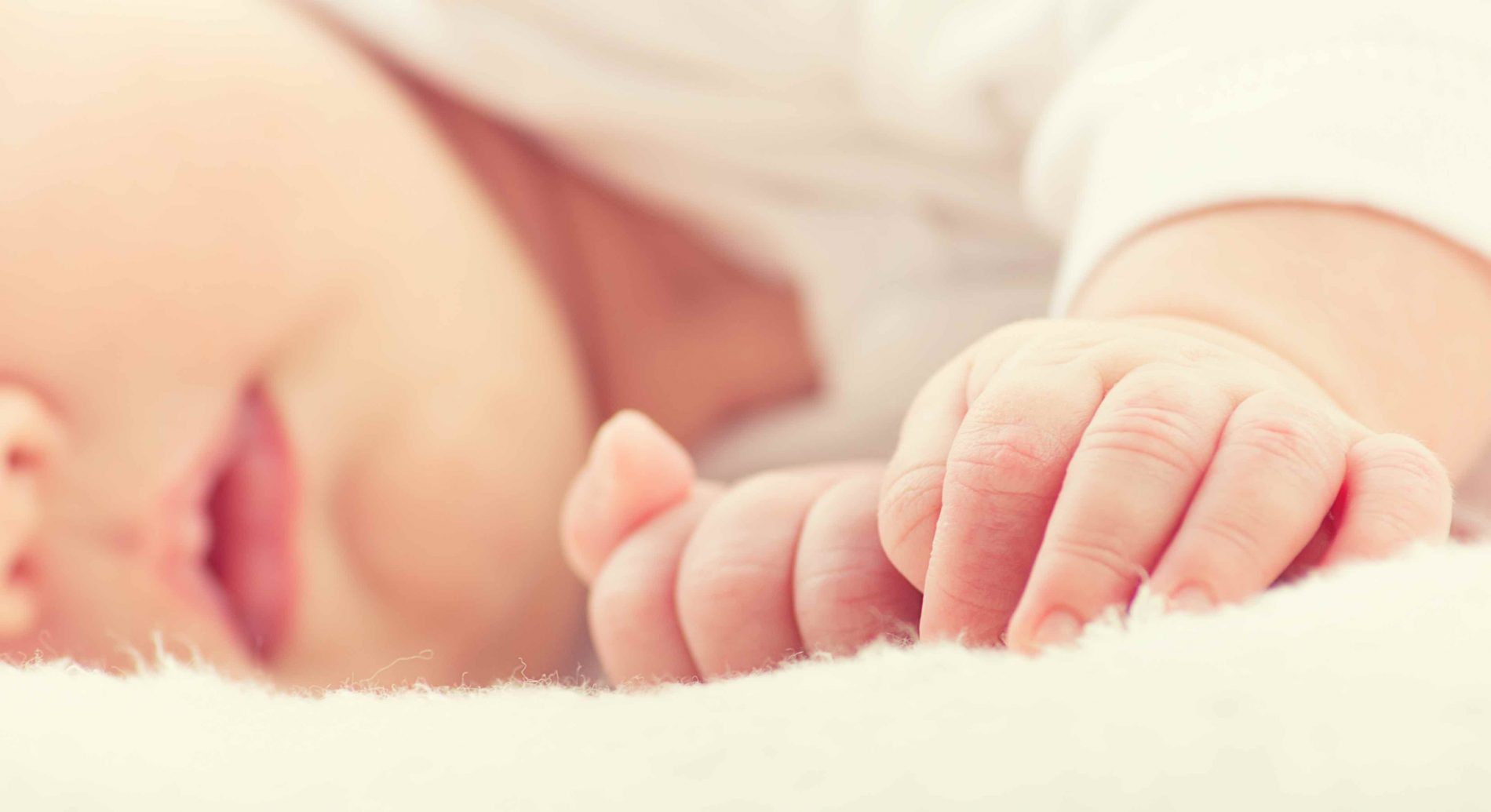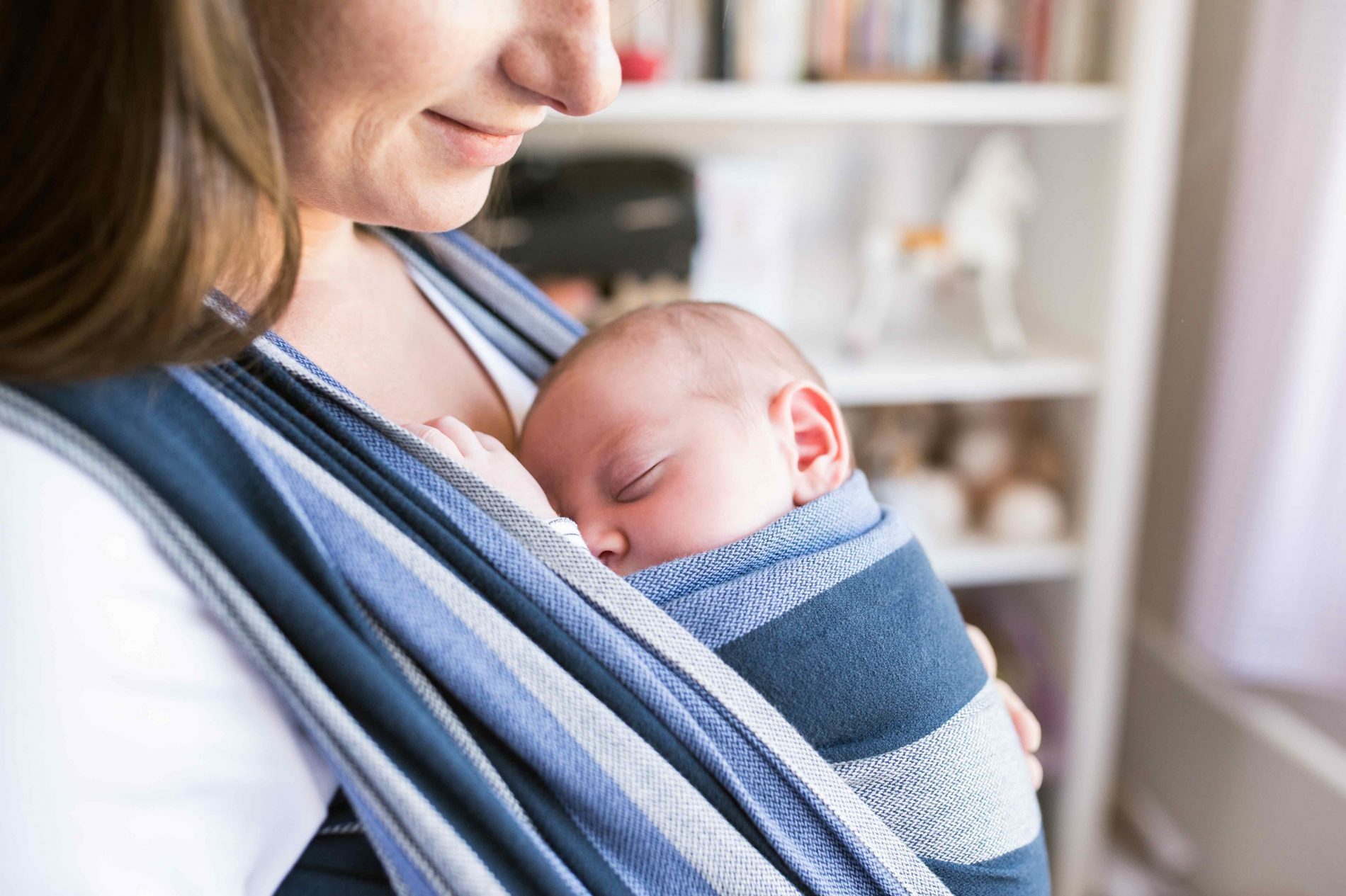Congratulations! You’ve just given birth and now you have a beautiful baby to cherish.
Let’s think for a moment about your personal birth story and how your baby arrived in the world.
- how many hours were you in labour?
- was your baby born at home, in the hospital, or at a birthing centre?
- were there interventions involved?
- was your baby in some way pulled or suctioned from you?
In many birth situations, the baby is often forced out of the mother. This puts an immense amount of pressure on the head and neck of your baby.
Imagine your 8 pound baby potentially experiencing anywhere from 60 to 120 pounds of pressure (tractional force) to its head and spine.
If we use 100 pounds of pressure for the ease of math, 100 pounds divided by an 8lb baby is 12.5 times his/her weight.
Now, what would happen if you pulled a 180 pound man across the floor by his neck at 12.5 times his weight? That is 2250 pounds of tractional force, by which he would most likely be killed instantly.
It takes only 120 pounds of pressure (or less) to sever a baby’s spinal cord, and doctors often apply nearly that amount pulling the baby free in delivery.
The spinal cord is the most important part of every body, without its function, you could not survive even one second.
Organic Bamboo Baby Hooded Towel with Bonus Washcloth
✅ WRAP YOUR BABY IN TOTAL CUTENESS: Nothing compares to the feeling of wrapping your little baby in a big, warm and super cozy hooded towel after a nice bath! The adorable, unisex lamb face design with charming little ears will make you want to snap a photo every time, just to capture the cuteness!
The spinal cord houses the central nervous system, which controls every single aspect of the function, development and healing of the body.
And when we realize the amount of trauma that your baby (and you!) have just gone through to have him/her arrive in the world, we can see the connections with lasting side effects of a potentially now-misaligned spine, called subluxations.
There are many symptoms that can indicate that your baby has a misaligned spine, but sometimes there are no symptoms. A partial list of symptoms can include:
- strained breastfeeding (baby can’t turn his/her head one way or the other)
- unable to latch on
- colic
- sleeping problems
- reflux
- vomiting
Now that we understand the lasting side effects associated with birth, we must take a moment to consider how we can help your baby to grow and develop.
The first step is to identify if your baby has subluxations present in his/her spine. The only way to do this is have him/her examined by a doctor of chiropractic.
Chiropractors are trained to identify and correct subluxations to allow your baby’s spine to return to the correct alignment and allow optimal health to be expressed.
To correct a subluxation, the chiropractor performs an adjustment – with very light touch – to shift the bones back into the correct alignment. Don’t worry, it’s nothing like you imagine from the movies. The amount of pressure that a chiropractor uses to adjust a newborn is the amount of pressure that you would use to touch your eye with your pinky finger.
Having a spine in the correct alignment sets your baby up for optimal development and a great start to their health.
Just in time to become a toddler – where he/she will fall 2000 times learning how to walk. So keeping up with baby’s adjustment schedule through childhood will maintain a healthy spine for his/her growth and development.
You can see where I’m going with this. Life-long chiropractic care is essential at every stage of life to maximize your family’s health.
So be sure that you also have your spine checked by your chiropractor to be sure that your spine is in the correct alignment after the trauma of giving birth as well.
With Sources From: The Effect of Subluxation at Birth
Jo-Anne Richardson has almost a decade of experience managing a chiropractic office and educating patients on how chiropractic can allow your body to express optimal health. She is a Registered Holistic Nutritionist and holds a Degree in Communications. She loves to experiment with raw vegan recipes, loves to salsa dance, travel and learn new holistic health information to share tips with everyone who visits the office.



